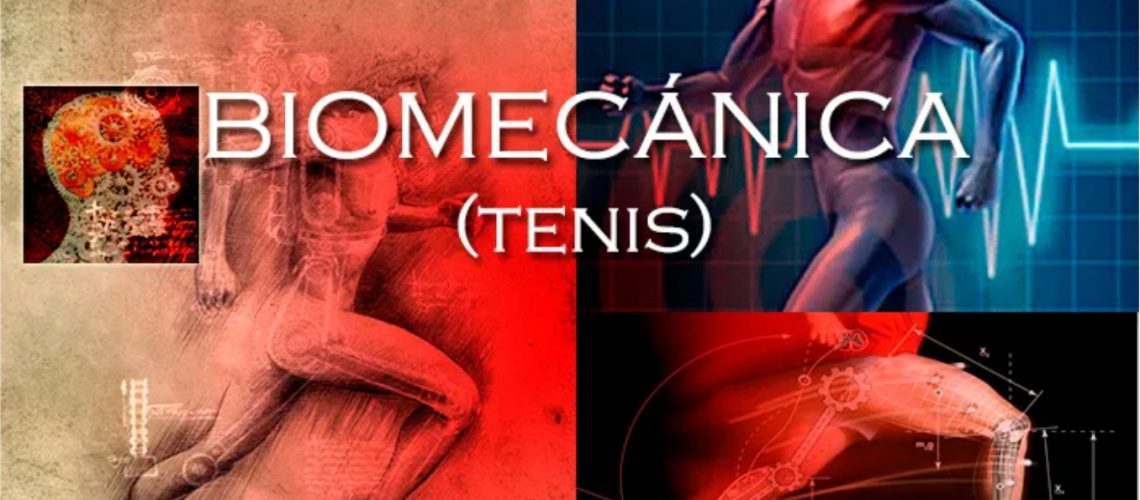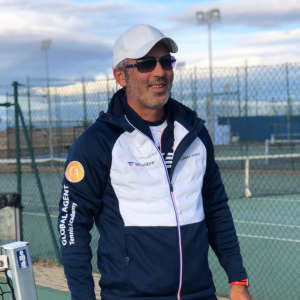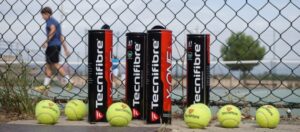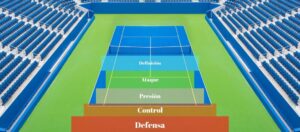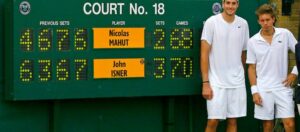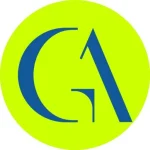The “levers”, or rather, Power Generators and Transmitting Units are those that, by creating a chain movement, provide power or conductivity for that power to flow. Simply speaking, in the basics, we have 7 “levers”, of which the seventh is internal, so we call it: Hidden Lever. Each lever has different sub levers and within the seventh lever we also include the system of proper breathing for the stroke.
In all the available range of coordination of these 7 Power Generators (PG – Power Generators) there are the multiple possibilities of hitting the ball. Depending on the position on the court and the necessary tactical choice, you choose the right stance and the movement of kinetik chain to use these power generators in a perfect timing. There are a number of standard possibilities as the main basis of stroke, although this does not end the variety, nor the possibility of generating a response to your opponent’s shots.
Dissociate & Coordinate:
It would be important to specify the mode of operation of each of these units that create and transmit force. There is a basic quality that is the ability to dissociate for later coordination, which at first, the player must start to learn. Each of these levers, as a main base, must have its autonomy, its self-consciousness, and then, based on coordination, add (in timing) to each other.
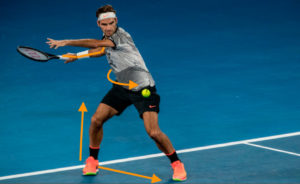
Typical errors in the chain can be several. Some are generated by the lack of dissociation and coordination, others by the lack of strength or limitation of movement. Thus, we sometimes observe that the transmission of force is damaged by the misuse of one of the links in the chain. The player generates unnecessary tension, loses fluidity of movement and thus the transmission of force no longer reaches its final point: impact.
External Force Generators
In addition to our own power generators, there are others: external. Among them can be the different variants of choice of the reception of the ball: live, dead, etc., or the environmental conditions, which without being generators, directly influence the operation of the same.
Live ball – Dead ball:
Being an External Generator, the ball reception (which must be accompanied by the selection of cut on it) has a place on the podium in the capacity to produce different aspects of power: weight, speed, effects. Several groups of levers from previous works accompany each one of these variants: the ball going up (alive, with the bouncing variable) and the ball going down dead. The hanging ball moment, when the ball reaches its culmination before it starts to drop, can be used as a timing or control unit, but not as a power generator.
Live ball:
Is a ball that comes up, after bouncing, and has not yet reached its peak where it will stop. The half-volley is a derivation that describes the ball hit on its initial rise. The power at the beginning of its rise is maximum and decreases until it reaches point 0. There are certain levers that work as receivers, or harvesters of that power, and there are others that are essential to control and tame it.
Dead ball:
It’s the one that, from the 0 point in the air, falls down. The force is lower but it has qualities of being able to generate powerful topspin effects. It works just as well as a live ball, but the use of these two varies greatly at the tactical level.
Check the article: Live Ball vs Dead Ball
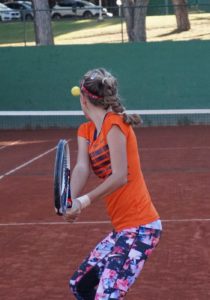
To simplify the movement chain of the Power Generators, we will use the jargon of the court for certain concepts: Muscle force generated by our body and inertia force, free fall or dead weight.
With this, I will finish now and in the next articles, I will talk in more detail about those 7 basic “levers” that create a joint work to create a stroke.



